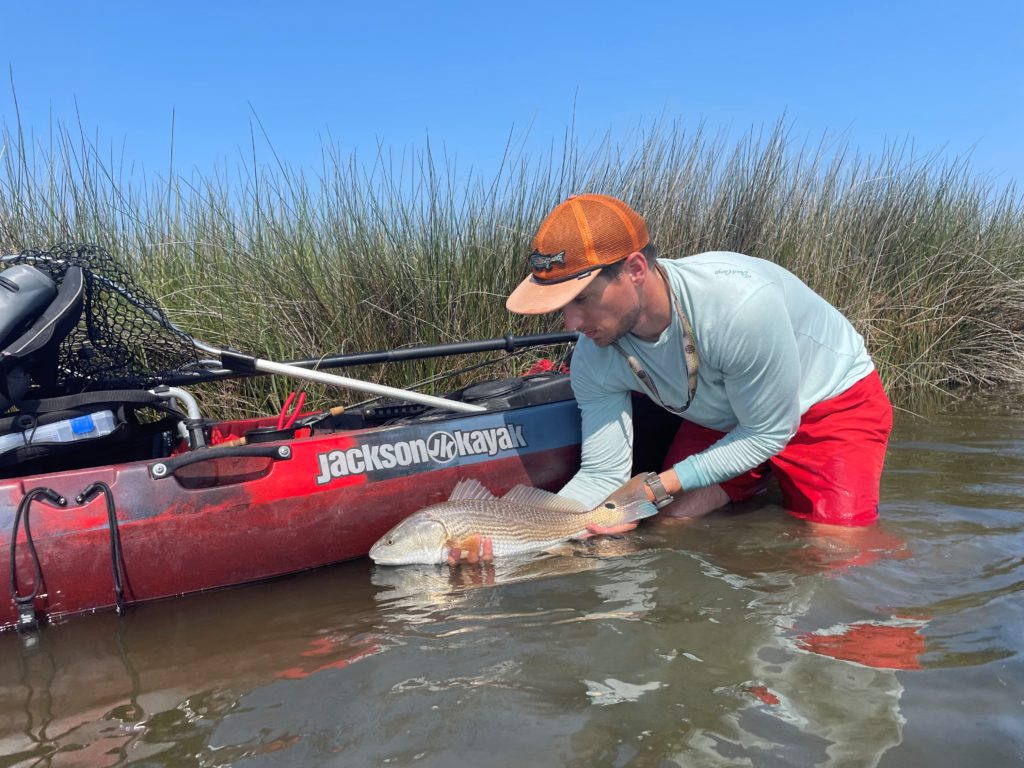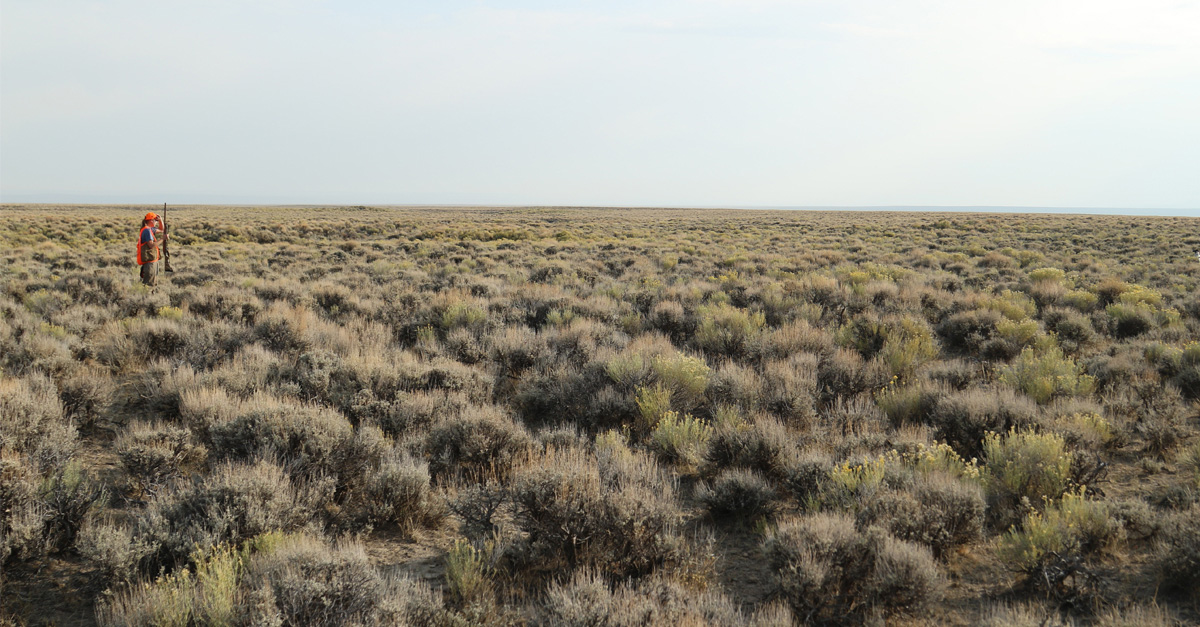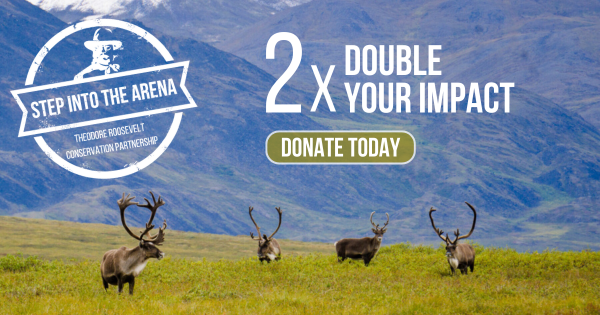Help Ensure Our Values Guide the Forest Service’s Management of Our Public Lands
Take Action Now
The U.S. Forest Service recently released a draft plan that will guide public land management practices over the next 10 to 15 years on the 1.1 million-acre Lincoln National Forest in Southern New Mexico.
The planning area is one of the premier public land hunting areas in the West and offers outstanding hunting opportunities for mule deer, elk, black bear, and turkey. Part of what makes this area such a high-quality hunting destination is its large tracts of uninterrupted backcountry habitat, along with excellent public access. Now, sportsmen and women have the opportunity to influence how these public lands will be managed for the next decade or more.
The Lincoln National Forest encompasses New Mexico’s Game Management Units 34, 36, 37 and 30, which, because of the abundance of big game, have some of the highest allotments of tags in the state. Opportunities in the area are highly sought after and these tags are difficult to draw for public land hunters.
But those odds could get even lower moving forward if habitat conservation and connectivity isn’t prioritized in the Forest Service’s management plan, allowing big game herds to move across the landscape to access the feed and security they need throughout the year. Since the current plan’s adoption in 1986, our understanding of challenges related to habitat fragmentation and climate change have advanced significantly, and the forest’s management framework needs to be updated to reflect the most current science.
Sportsmen and women recognize the New Mexico Game & Fish as the leading experts on wildlife management and our community needs to step up and request that the planners at the Forest Service work closely with the state’s wildlife managers to draft a final Alternative that includes their recommendations. When comparing the preferred Alternative B to Alternative D, the latter clearly includes management actions that are top priorities for sportsmen and women as far as roads, lands and access, timber thinning, terrestrial habitat improvements, restoration, and habitat connectivity.
The Forest Service will hold three virtual community meetings to present the draft plan and answer questions on the below dates:
- September 22 at 4:00 PM
- September 29 at 2:00 PM
- October 12 at 4:00 PM
Participants will have time to ask questions and make official comments during the meetings, which are open to everyone. To register, click here.
Suggested Talking Points
- Prioritize active wildlife habitat restoration and enhancement.
- Restore native fisheries through a variety of measures, including the removal of nonnative trout.
- Improve habitat connectivity for fish and big game movement by, for example, removing barriers, relocating, and decommissioning roads, restoring dewatered stream segments, connecting fragmented habitat, and providing wildlife passage friendly fences.
- Maintain existing public access important for sportsmen and women, while expanding public access to parts of the forest that are difficult to reach because of surrounding private lands. Road access needs should be balanced with the habitat needs of deer and elk.
Sportsmen and sportswomen have until November 5, 2021, to speak up during the formal comment period. You can view the plan here and then click the button below to take action.







